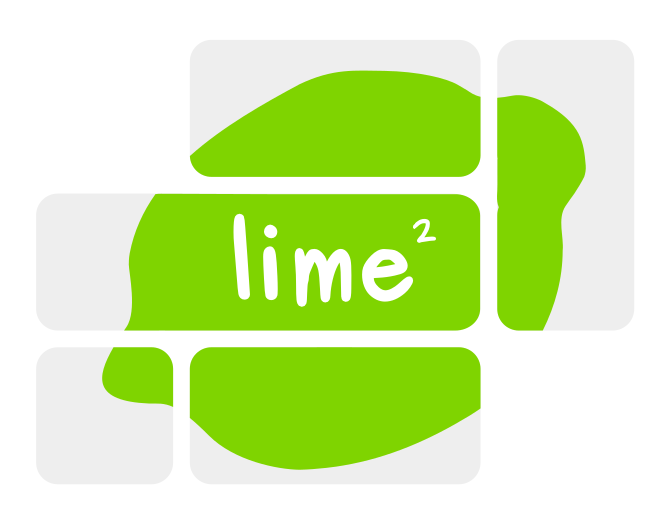About LIME
LIME is an interval toolbox fo Octave containing various interval methods solving various tasks.
It is built on Oliver Heimlich's interval package for Octave. It has several goals:


- It is free for noncommercial use.
- It contains various methods solving one problem.
- The methods should be easy to use.
- It should be easy to develop and add new parts.
- It should be easily usable for interval educational purposes.
- The code should be clear and extensively documented (input and output parameters are described, implementation details are described, theorems on which the algorithms are based are cited, history of changes and known errors and future to do’s are listed).
- It does not compete with existing interval toolboxes since their purpose is different.
- Packages are accompanied with examples or at least they are prepared for easy adding of new ones.